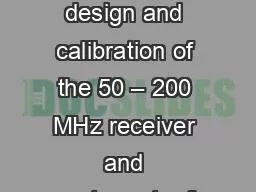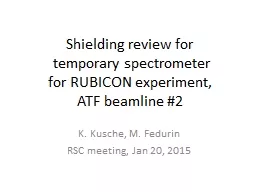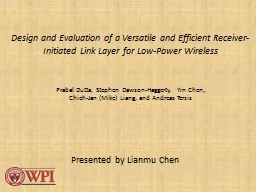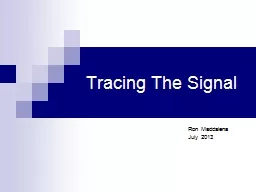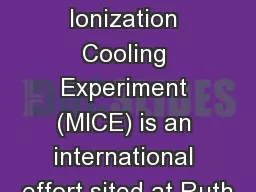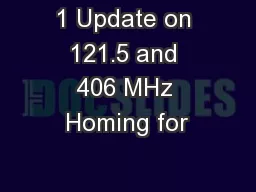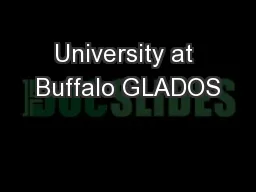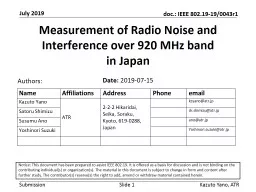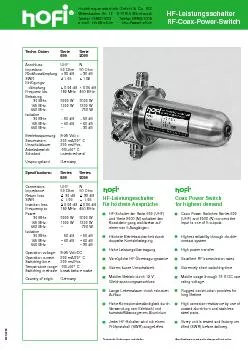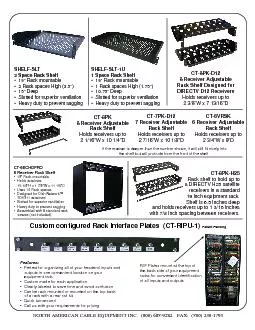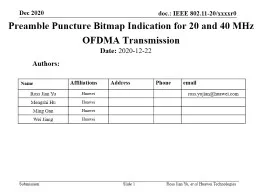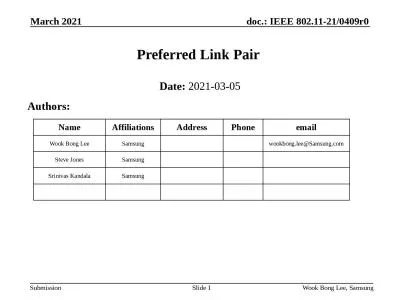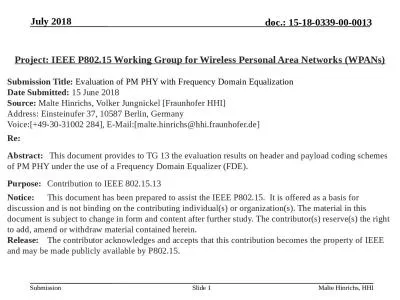PPT-aeer 31 July 2018 The design and calibration of the 50 – 200 MHz receiver and spectrometer
Author : studmonkeybikers | Published Date : 2020-10-06
Alan E E Rogers coI MIT Haystack Raul A Monsalve Postdoc Arizona State University Judd D Bowman PI Arizona State University H1 low1 10x10 ground plane H2
Presentation Embed Code
Download Presentation
Download Presentation The PPT/PDF document "aeer 31 July 2018 The design and cali..." is the property of its rightful owner. Permission is granted to download and print the materials on this website for personal, non-commercial use only, and to display it on your personal computer provided you do not modify the materials and that you retain all copyright notices contained in the materials. By downloading content from our website, you accept the terms of this agreement.
aeer 31 July 2018 The design and calibration of the 50 – 200 MHz receiver and spectrometer: Transcript
Download Rules Of Document
"aeer 31 July 2018 The design and calibration of the 50 – 200 MHz receiver and spectrometer"The content belongs to its owner. You may download and print it for personal use, without modification, and keep all copyright notices. By downloading, you agree to these terms.
Related Documents

